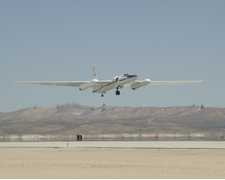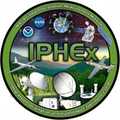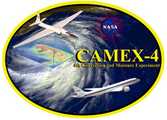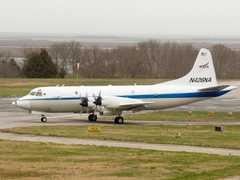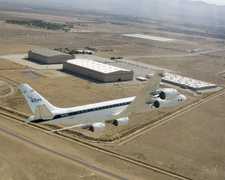The Advanced Microwave Precipitation Radiometer (AMPR) is an airborne passive microwave radiometer. AMPR provides calibrated brightness temperatures that can be used to determine cloud and precipitation characteristics. It operates across four microwave channels: 10.7, 19.35, 37.1, and 85.5 GHz. These frequencies are sensitive to precipitation, making AMPR well-suited for studying rainfall. Its surface footprint ranges from 640 m (85.5 GHz) to 2.8 km (10.7 GHz).


Instrument Details
- Spectrometer/Radiometer
- Earth Science > Spectral/engineering > Microwave > Brightness Temperature
- Troposphere
- 3.0 s
- 0.6-2.8 km
- 10.7 GHz, 19.35 GHz, 37.1 GHz, 85.5 GHz
- https://doi.org/10.1175/1520-0426(1994)011%3C0849:HRIORS%3E2.0.CO;2
Timothy Lang
Timothy Lang
MSFC, Georgia Tech Research Institute
NASA
Filter data products from this instrument by specific campaigns, platforms, or formats.
CAMPAIGNS
PLATFORMS
FORMATS
